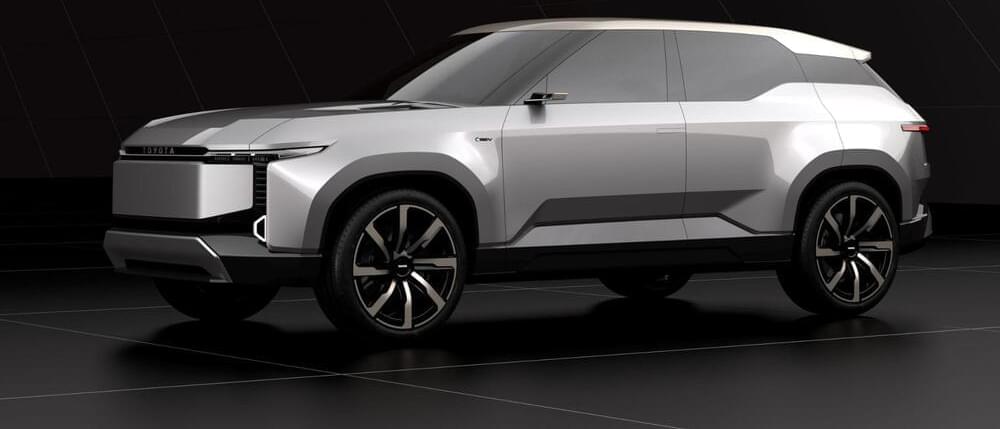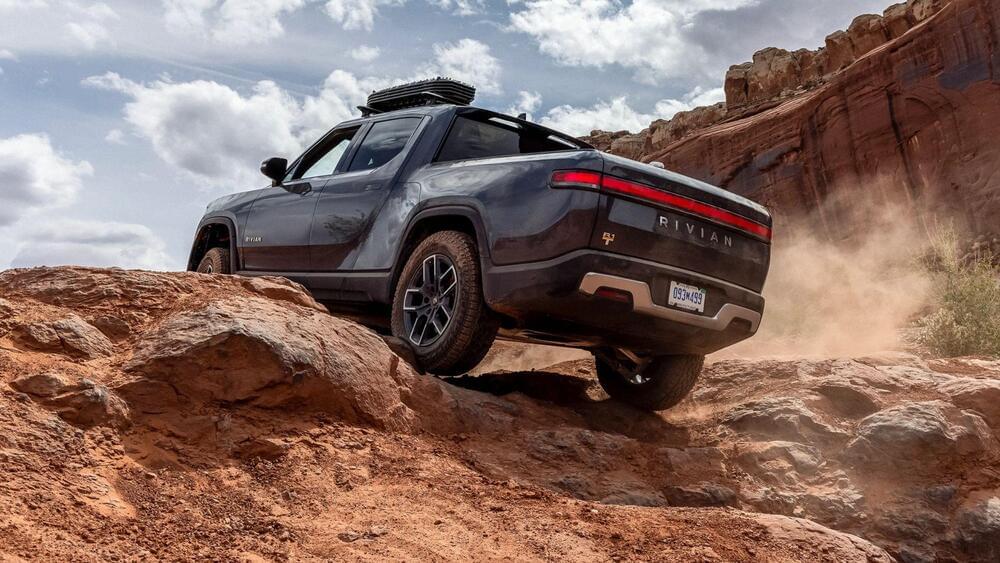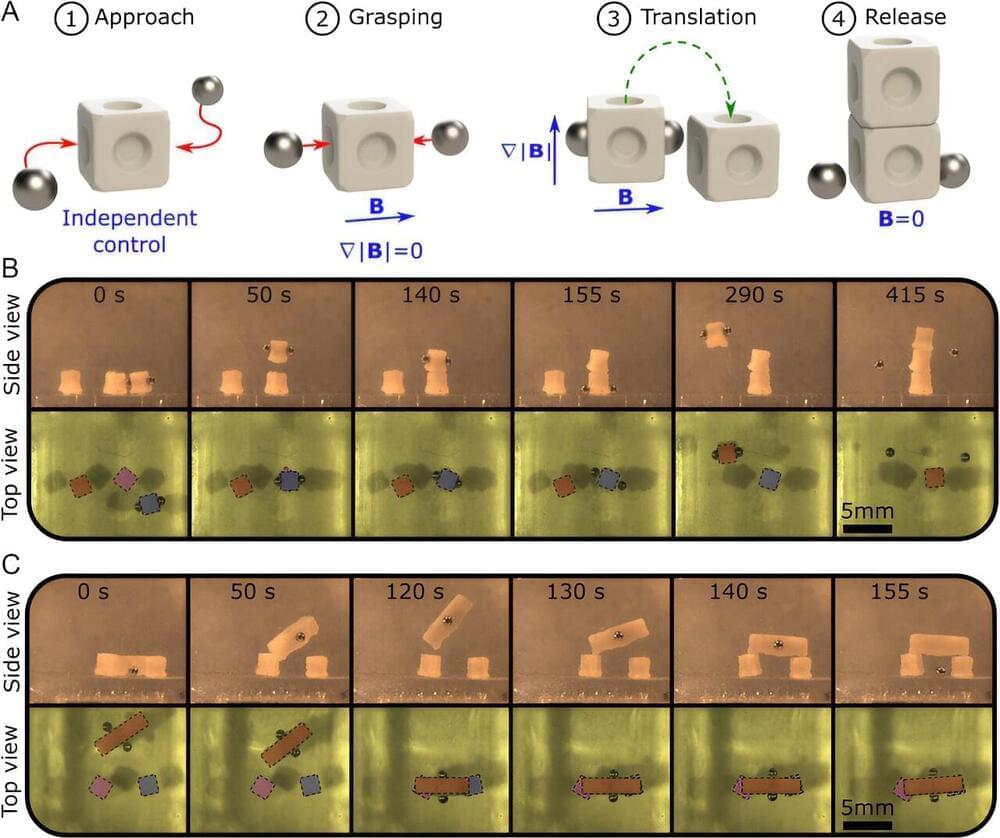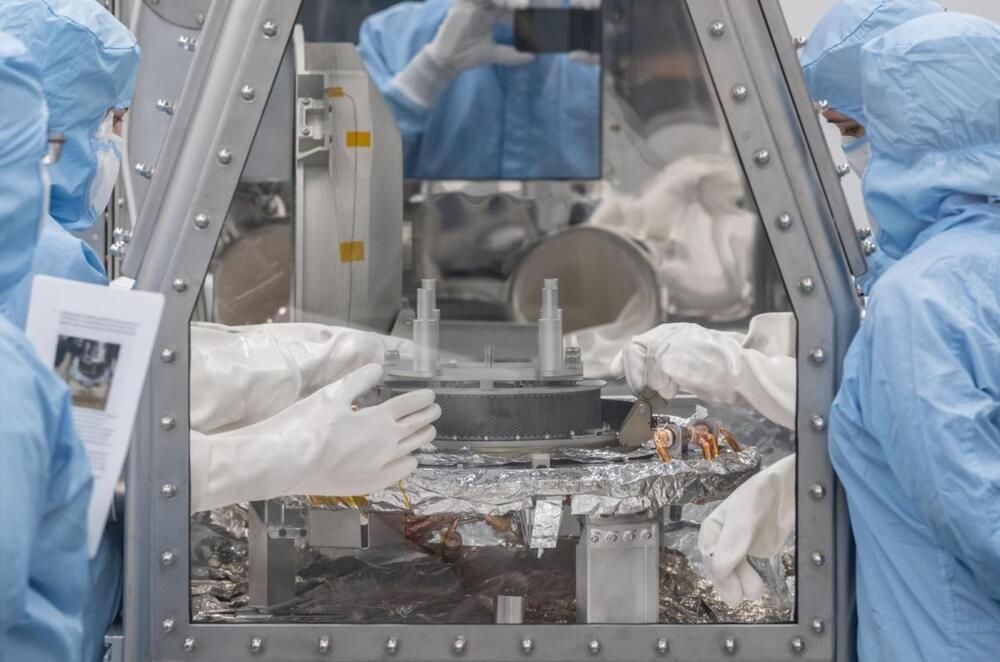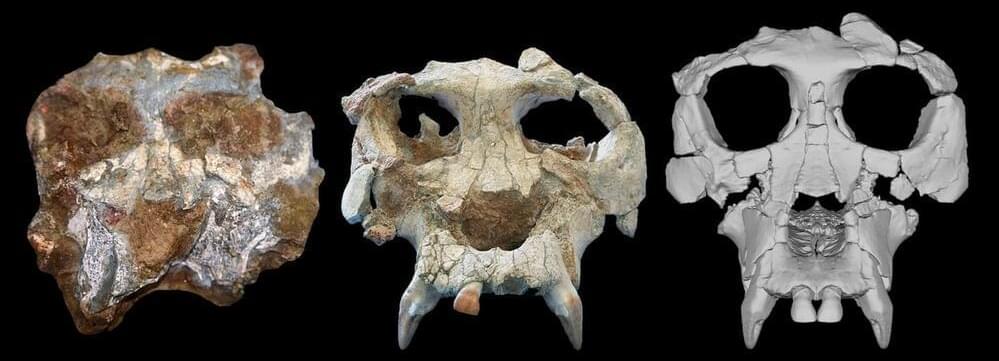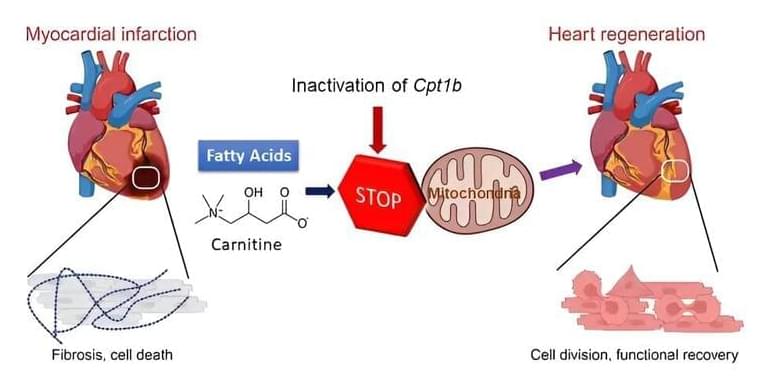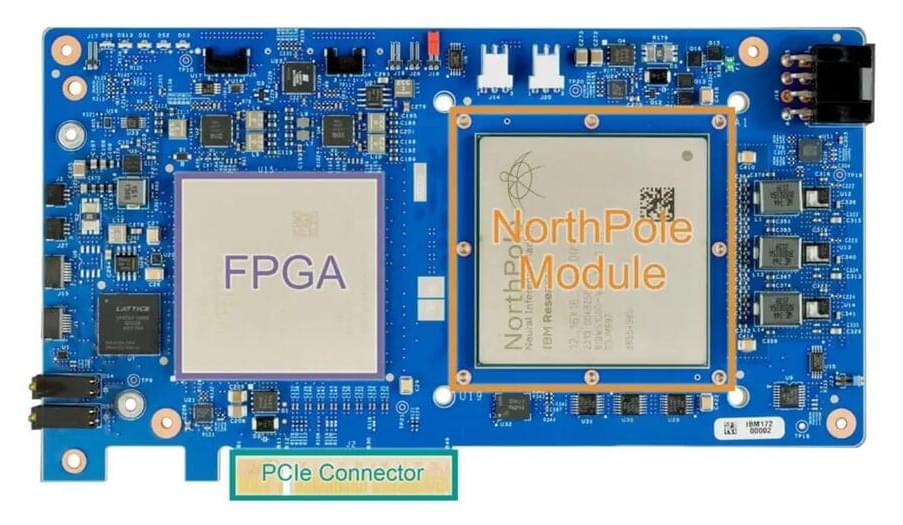Oct 24, 2023
Next-gen EVs; Toyota unveils Land Cruiser and Pickup concept vehicles
Posted by Gemechu Taye in category: transportation
Toyota claims that both concepts offer “superior handling stability and ride comfort.”
Toyota has been stepping up its efforts to create and manufacture BEVs in recent times to compete with EV-focused efforts from brands like Tesla and General Motors. In July, Toyota unveiled its electric roadmap, including a lineup of EVs with a cruising range exceeding 621 miles (1,000 kilometers).
To that extent, the Japanese automaker has now taken the wraps off the Toyota Land Cruiser Se, EPU Pickup EVs. Both are in their concept forms, with the former being a three-row electrified version of its iconic Land Cruiser. These are part of its lineup at the upcoming Japan Mobility Show 2023 that begins on October 25.
